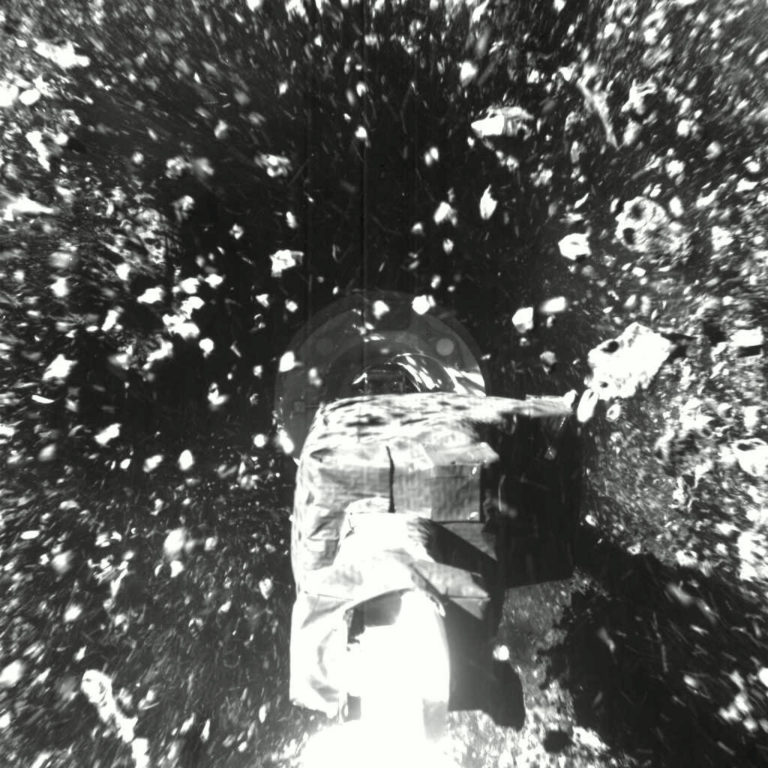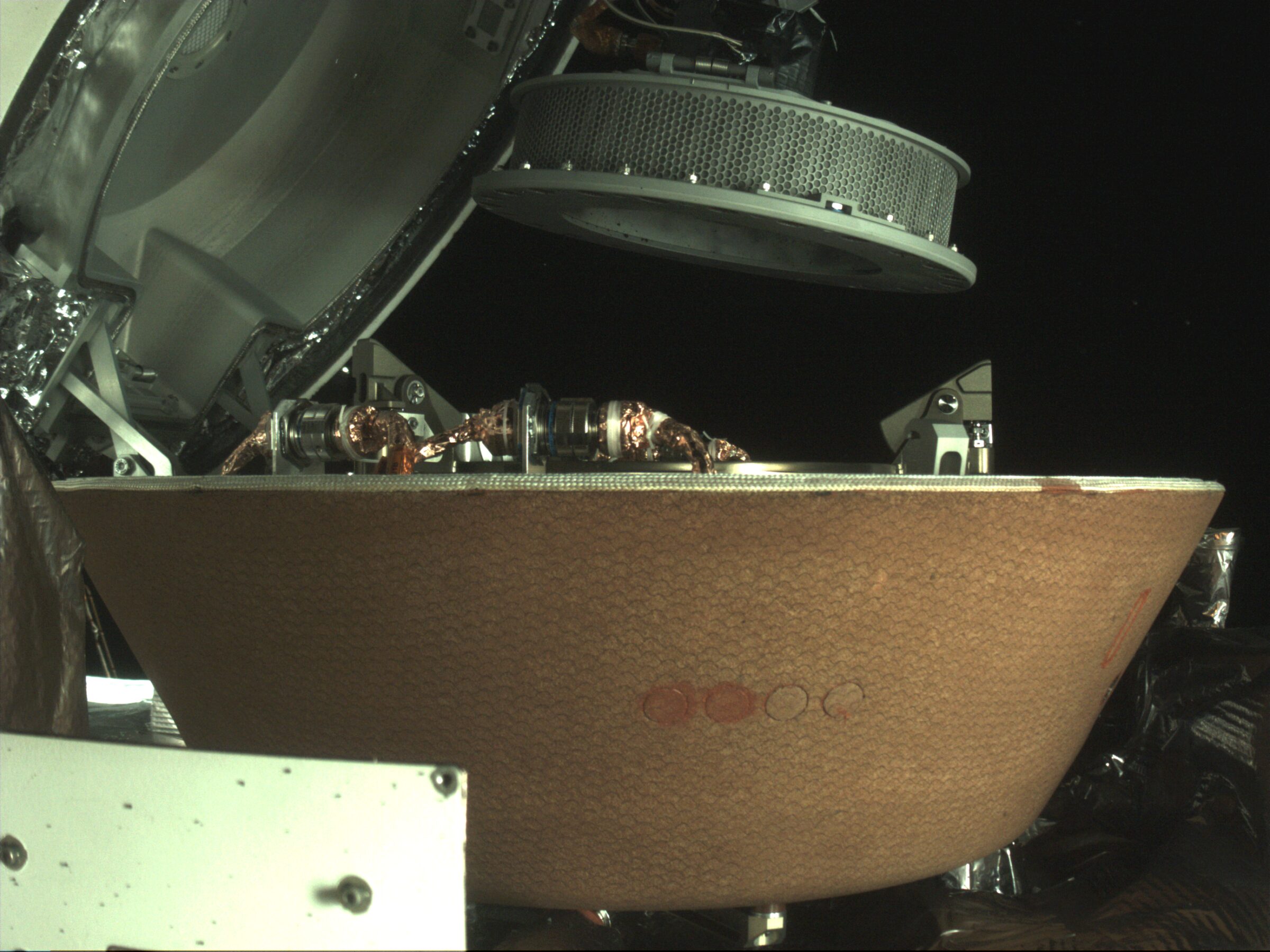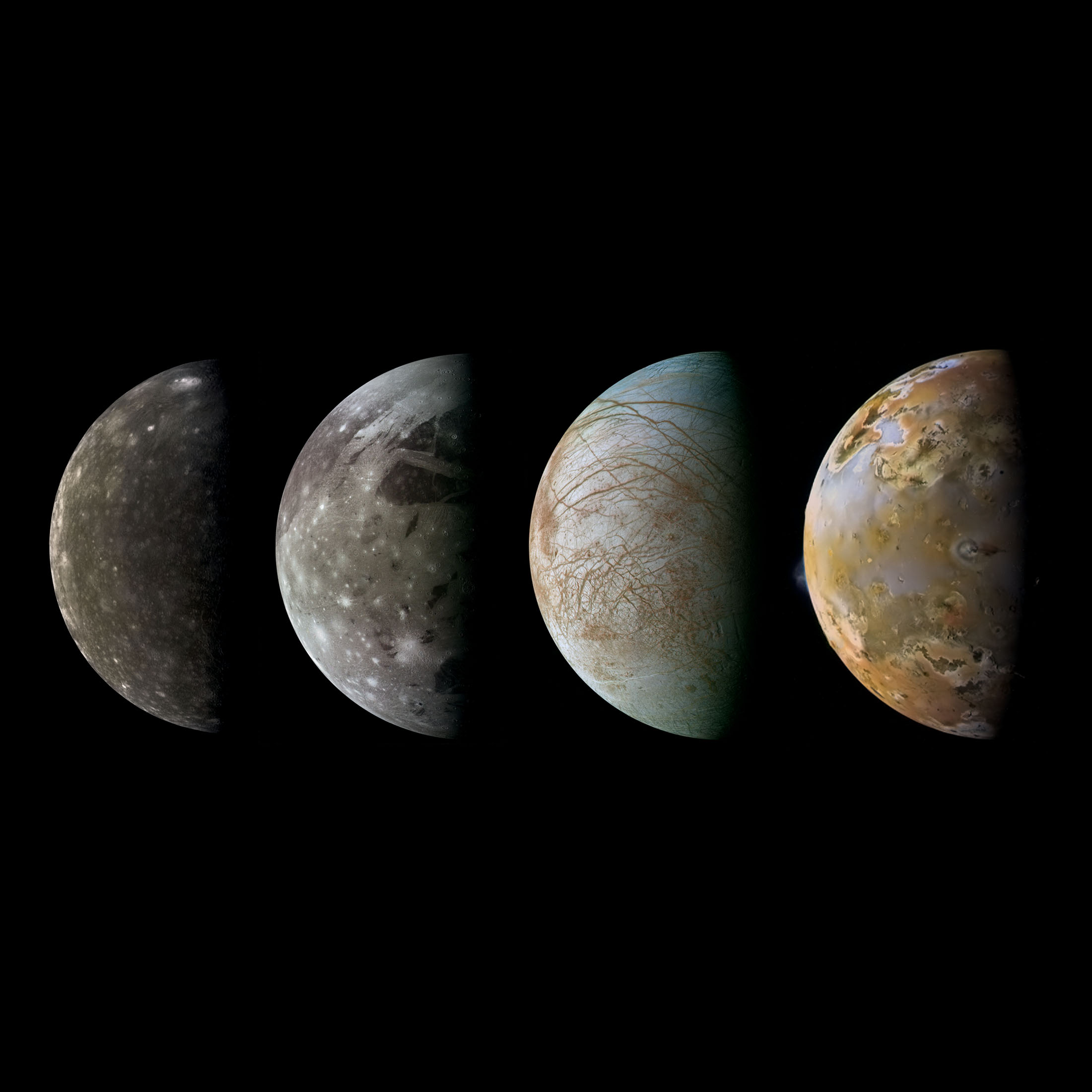Jason Davis • Oct 14, 2020
Your Guide to the OSIRIS-REx sample collection
Facts Worth Sharing
- Asteroids are leftover planet-building materials from the birth of our solar system. Some may have brought water and the building blocks of life to Earth.
- NASA’s OSIRIS-REx spacecraft successfully collected a sample of asteroid Bennu on 20 October 2020.
- The spacecraft will return the sample to Earth in 2023, where we can study the sample in ways that we can't in space.
Why did OSIRIS-REx collect a sample from asteroid Bennu?
Our solar system is filled with countless asteroids, comets, and other small worlds left over from the disk of dust and gas that formed the planets 4.5 billion years ago. Some of these worlds collided with early Earth, and in doing so may have brought water and carbon-containing materials called organics here that formed the basis of life as we know it.
On Earth, weather and geological processes constantly alter the surface, but that's not the case on asteroids, which have remained largely unchanged. By studying them, we learn what our infant solar system was like.
Although modern spacecraft instruments can tell us a lot about other worlds, certain kinds of experiments can only be done on Earth. What we really need is a sample, so NASA’s OSIRIS-REx spacecraft will bring us one from Bennu, a near-Earth asteroid containing carbon and water. The spacecraft launched in 2016 and arrived at asteroid Bennu in 2018. OSIRIS-REx will depart Bennu in 2021 and return the sample to Earth in 2023, providing material for decades of scientific study.
💡 Why sample return matters
Precision. Some space-bound experiments can’t be done very precisely. One example is determining the origin and age of a rock, which is important for piecing together timelines of what happened in the early solar system before life arose on Earth.
Reproducibility. Science is all about being able to reproduce your results. NASA and Japan’s space agency JAXA are sharing asteroid samples collected by the OSIRIS-REx and Hayabusa2 missions, allowing researchers to analyze them with more than one science instrument in more than one laboratory.
Duration. When NASA returned samples from the Moon during the Apollo program, it knew technology would improve over time, so it stored some samples aside and even kept some sealed for future research with more advanced tools. The samples OSIRIS-REx brings to Earth will be available for future generations to study.

How OSIRIS-REx sample collection works
Collecting a sample from Bennu is no small challenge. The asteroid, which measures 500 meters (a third of a mile) wide, ended up being much rockier than mission designers expected. The sample site is just 16 meters in diameter and surrounded by boulders bigger than OSIRIS-REx itself. The spacecraft had to collect its sample without guidance from Earth, since it takes nearly 20 minutes for signals to travel between our planet and Bennu at the speed of light.
The entire process took almost 5 hours. OSIRIS-REx had to match Bennu’s 4-hour rotation rate and slowly descend to the surface. To give the spacecraft more room to maneuver, it adjusted itself into a Y-shape, extending its sample arm 3 meters and tilting back its two solar panels. Eventually OSIRIS-REx turned its high-gain antenna away from Earth, restricting the volume of information ground controllers can receive. The spacecraft then figured out where it was by comparing surface views from prior flyovers with real-time camera images.
A tight parking spot for OSIRIS-REx This animation shows the sample collection site on asteroid Bennu where NASA's OSIRIS-REx spacecraft will attempt to collect a sample. Cars are included for scale. The spacecraft must autonomously navigate the asteroid's hazardous terrain and avoid a number of hazards to get close enough.Video: NASA
Bennu barely has any gravity, so OSIRIS-REx couldn't land. Instead, the spacecraft high-fived Bennu with a cylindrical dinner plate-sized device at the end of its arm called TAGSAM, the Touch-And-Go Sample Acquisition Mechanism. TAGSAM blasted nitrogen gas into the surface, kicking dust and small rocks into a collection chamber that runs around the inside of the device.
OSIRIS-REx didn't overstay its welcome, immediately backing a safe distance away from Bennu. The mission team took pictures of TAGSAM to verify they got a sample, and found that it had actually collected so much material that it was having trouble closing the sample container. They quickly commanded OSIRIS-REx to store the sample in its return capsule to prevent any loss of material. The spacecraft will depart for Earth next year, and in September 2023 the capsule will parachute to a landing in Utah.

How to get involved
Share the Excitement
- Post the Facts Worth Sharing about OSIRIS-REx (at the top of this article) on social media
- Send this page to others using the short URL planetary.org/osiris-rex
- Share pretty pictures of asteroid Bennu
Learn more
- Find out why missions to asteroids, comets, and other small worlds are so important
- Read our guide to the OSIRIS-REx mission
- Dig deeper into the OSIRIS-REx sample collection timeline
- Stay up to date on OSIRIS-REx and other missions by signing up for The Downlink, our weekly newsletter
- Find out how The Planetary Society is working to reduce the cost of sample collection with PlanetVac
Ready to take your next steps as a space advocate? Become a Planetary Society member and find out how you can take action in your community and government.
You can increase discoveries in the worlds of our solar system and beyond. When you join The Planetary Society, you help build public support for planetary science, encourage decision makers to prioritize human and robotic exploration, and support technological advances in planetary exploration.
Become A MemberSupport our core enterprises
Your support powers our mission to explore worlds, find life, and defend Earth. You make all the difference when you make a gift. Give today!
Donate

 Explore Worlds
Explore Worlds Find Life
Find Life Defend Earth
Defend Earth


